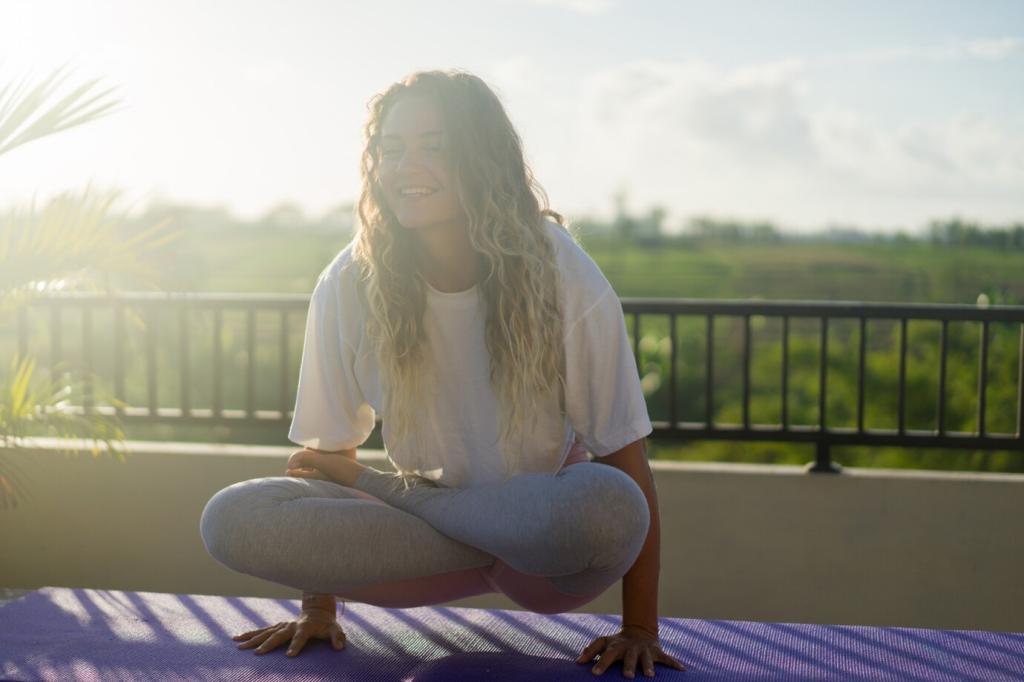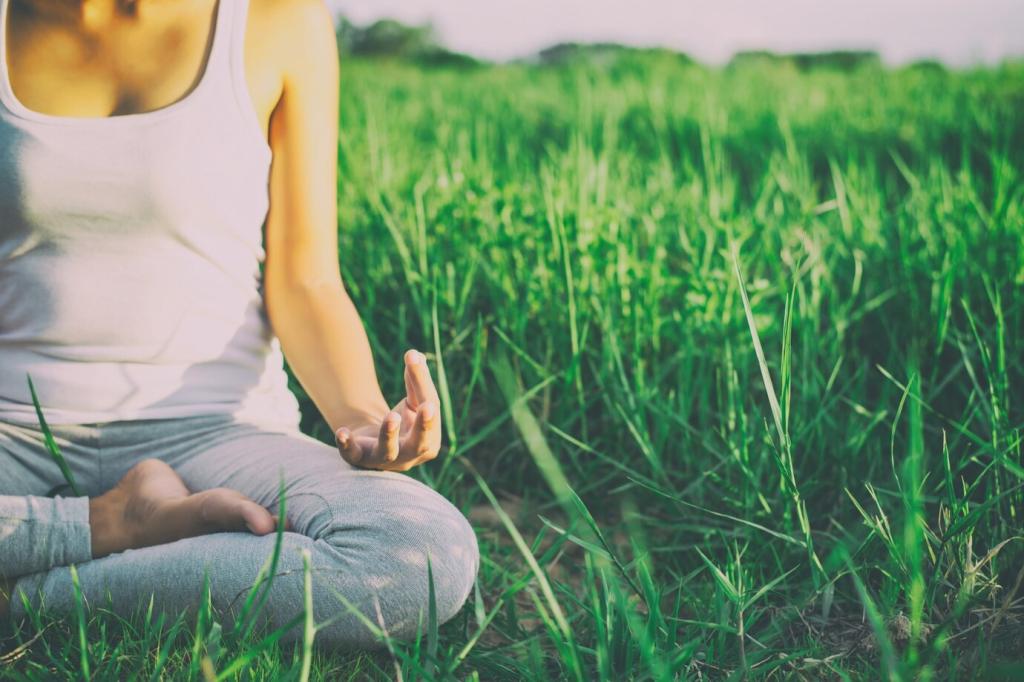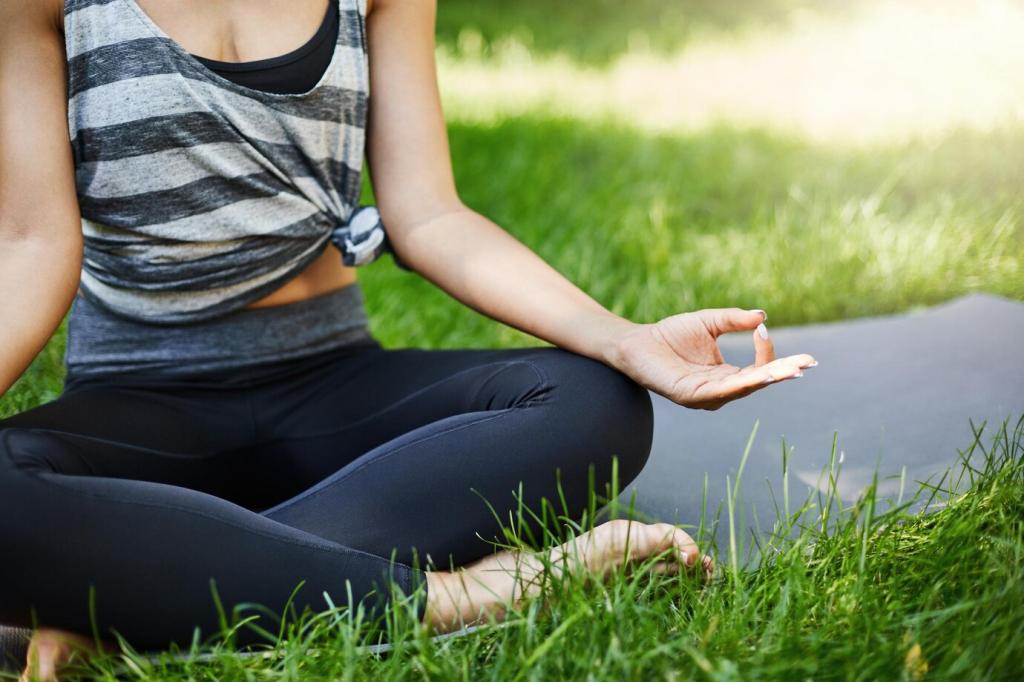Community, Culture, and Belonging in Healing
Small, moderated groups can practice two-minute grounding together, eyes open, with consent-based sharing. The nervous system borrows calm from others, learning that connection can be safe, steady, and choiceful.
Community, Culture, and Belonging in Healing
Honor heritage practices—prayer, song, drumming, nature rituals—without forcing homogenous methods. Adapt language so it fits community values. Healing expands when culture is not edited out of the room.
Community, Culture, and Belonging in Healing
Online meditations help, but curate wisely. Choose trauma-informed guides, time-limit sessions, and pause notifications after practice. Share your favorite resources below so others can benefit without overwhelm.







